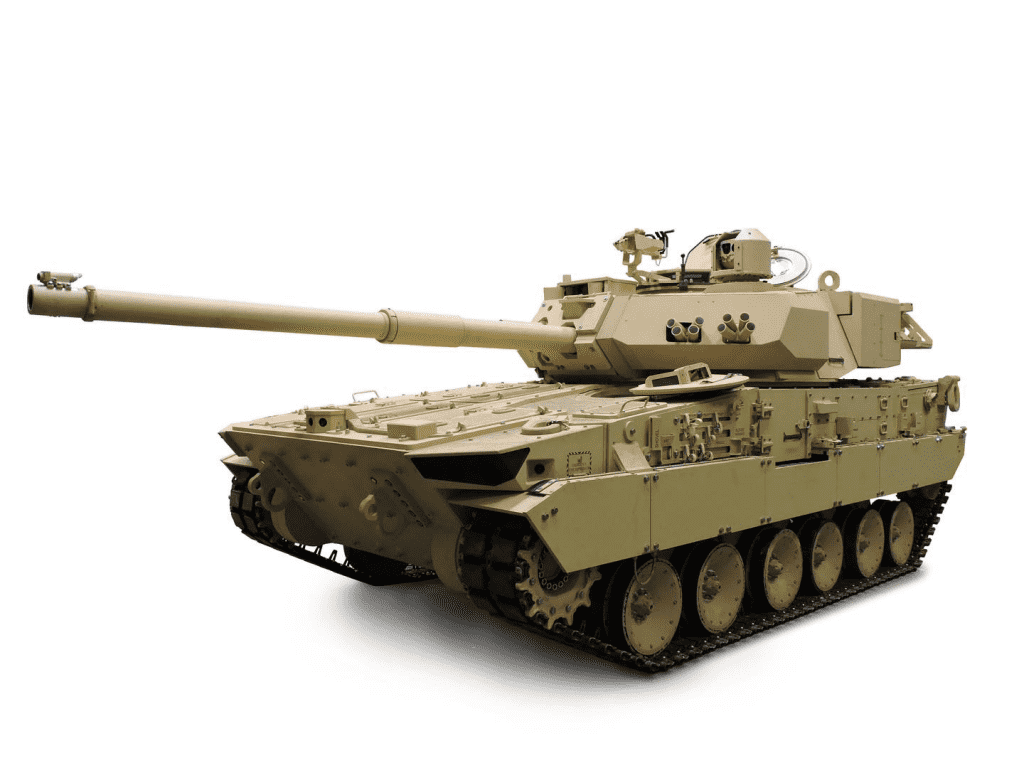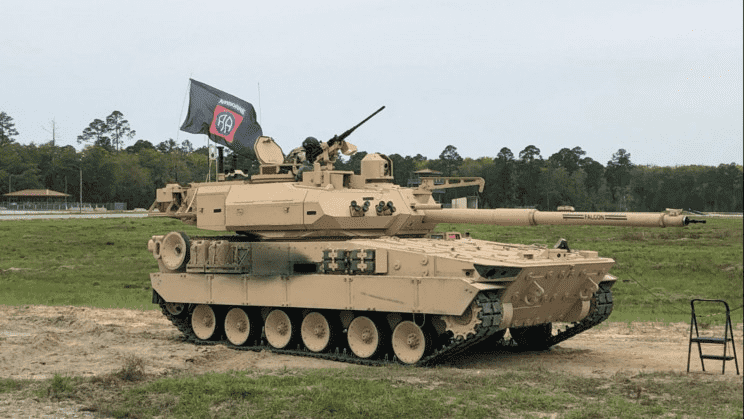It has been reported by the recent press release that a deal has been sealed between the U.S. Army and General Dynamics Land Systems (GDLS) regarding the provision of 96 MPFs (Mobile Protected Firepower) as of now. This will bring a great deal of advancement to the infantry brigades of the U.S. Army and make them able to easily perceive the threats from enemies. It will also enhance the speed parameters of the tanks while allowing them to accelerate at higher speeds. The whole project would be conducted under the supervision of Army Future Command (AFC), which was established in 2018 with the aim of bringing the U.S. Army up to modern standards.

To bring about some impressive modifications in the U.S. Army, AFC started out on a project to shortlist the candidates for MPFs. However, two renowned defense companies made it to the finals. These were the General Dynamics Land System (GDLS) and BAE systems. The prototypes given by these two companies were tested and examined by the U.S. Army for a period of four years, but due to the coronavirus pandemic, BAE Systems could not make up for the deadlines and ended up making delayed deliveries. Hence, based on all the parameters, including the cost and the results of quality assurance checks, AFC announced GDLS as the winner of this deal.

However, the initial design of GDLS MPFs came up with a new blend of suspension technology along with a turret. Also, the tanks were lightweight and equipped with advanced mechanics of fire control systems. The GDLS tanks fulfilled all of the requirements set by AFC and hence were selected for further production for the U.S. Army. It is anticipated that the initial production of these vehicles would be completed and delivered to the Army within 19 months. However, the entire battalion would make its way to the required unit in the last quarter of 2025.
Maj. Gen. Ross Coffman, who is the director of the Next Generation Combat Vehicles Cross-Functional Team, said, “MPF represents a new capability for the Army, allowing our light maneuver forces to overmatch adversaries. Through multiple soldier touchpoints, our soldiers have operated the prototypes and provided crucial feedback to the design team, ensuring our forces will have the asset they need on the future battlefield. “
The U.S. Army will spend about $6 billion on this MPF project. However, the entire cost of this project, which includes the maintenance costs, military construction, and sustainability measures, amounts to $17 billion. In the long term, the U.S. Army has reported purchasing about 504 MPFs by 2035, which will remain in operation for about 30 years. This shows that the U.S. Army definitely has big plans to strengthen its military operations in the coming years.


